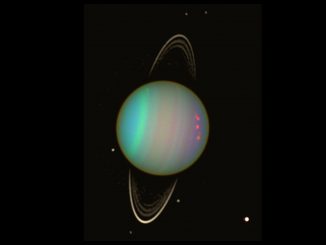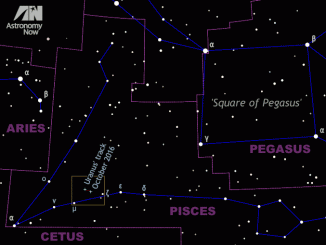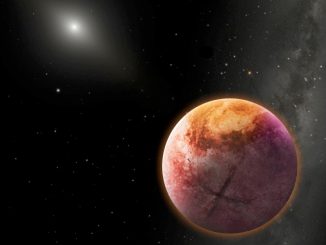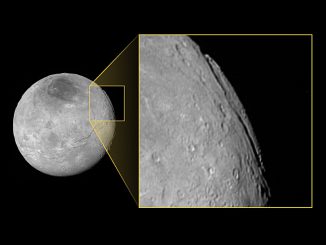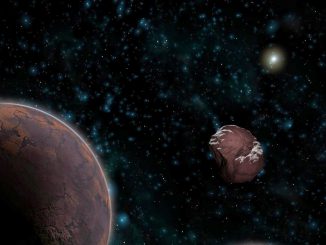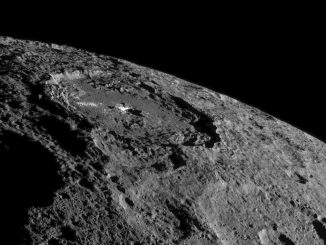
New views of dwarf planet Ceres as Dawn moves higher
The brightest area on Ceres stands out amid shadowy, cratered terrain in a dramatic new view from NASA’s Dawn spacecraft, taken as it looked off to the side of the dwarf planet. Dawn snapped this image from about 920 miles (1,480 kilometres) above Ceres in its fifth science orbit, in which the angle of the Sun was different from that in previous orbits.

